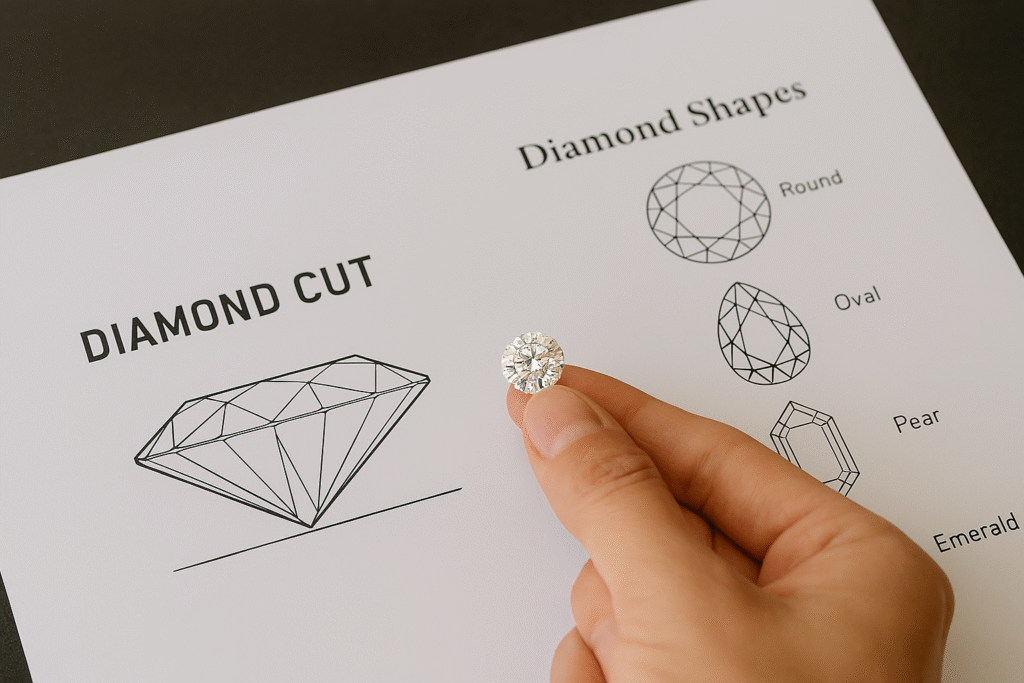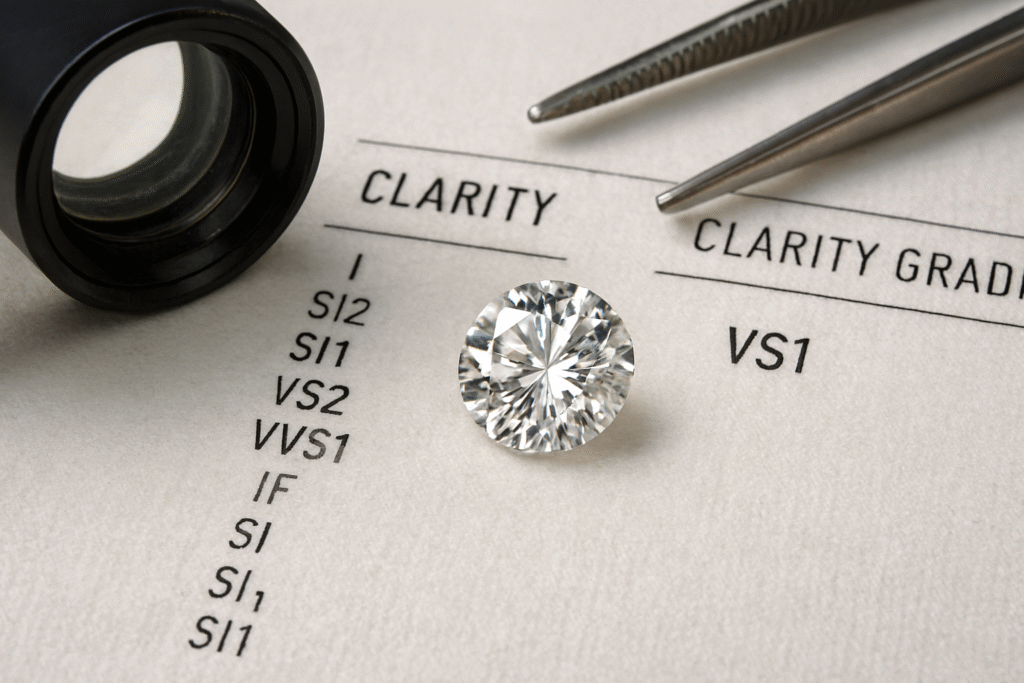Buying a diamond? Don’t make the mistake of trusting the certificate alone. Learn why two GIA-graded diamonds with the same report can look completely different and how to choose beauty over paper.
Most first-time diamond buyers trust the certificate more than their own eyes.
That’s the biggest mistake.
A grading report is only a guide. It lists facts like carat, color, clarity, and cut. But it cannot capture how the diamond actually looks in real life.
Let me give you an example from my own gem lab.
Two diamonds. Same size. Same color. Same clarity. Both had identical GIA reports.
On paper, they looked like twins.
In person, they couldn’t be more different.
- One had fire, sparkle, and life.
- The other looked flat and dull.
The report didn’t tell the full story.
Why does this happen?
- Proportions: A diamond with the same cut grade can have different crown and pavilion angles. That changes brilliance.
- Symmetry: Even small differences affect how light travels.
- Inclusions: Two “VS2” diamonds may look very different to the naked eye.
- Polish: Tiny surface issues can reduce sparkle.
What does this mean for you?
- Don’t buy based only on the certificate.
- Always see the diamond under proper light.
- Compare stones side by side, even with the same grading.
- Trust your eyes, not just the paperwork.
Ask yourself:
If you’re wearing the diamond, do people see the stone or the certificate?
Your answer will tell you why beauty matters more than paper.



